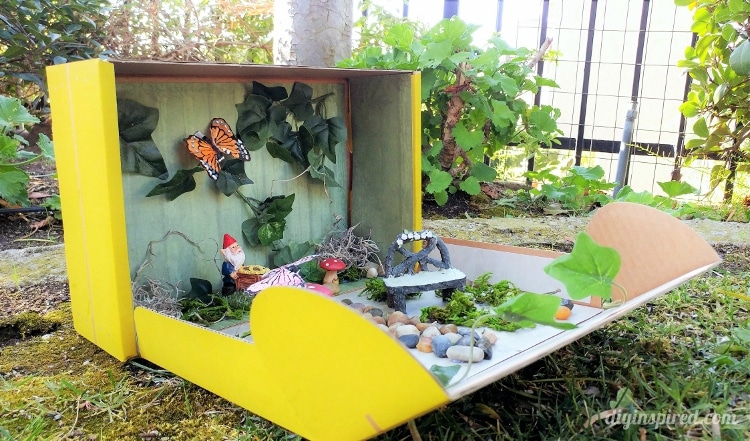Protecting Your Herbs for Winter
Our beautiful lush green herbs were looking worse for the wear as the fall weather descended upon us. Here’s our nightly temperature reading. Once temperatures register below 32 degrees, it’s time to bring your herbs indoors.
I have a confession, being a native Californian, it never crossed my mind to worry about “winterizing” my herbs. They stayed outdoors comfortably 12 months out of the year. Moving to the south has given me a new appreciation for working with herbs and saving them from the harsh winter months.
The best placement for your herbs is to face them south in a room receiving lots of natural light during the day. At night they will do best in a room that is 62 to 65 degrees. They don’t like a hot room. Herbs winter well when placed in separate pots and are watered only when dry. According to the Farmer’s Almanac, wet soil moves the heat away from the plant. Herbs that are going to winter indoors will need to stop being fertilized around August. They also like to be sprayed or misted with water 1 to 2 times a week.
Herbs will start looking “trashy” as the weather starts to change. They are not dying; they are simply going dormant for the winter. When you move them indoors, they will need heavy pruning. Following are some pictures of my herbs before and after their winter haircuts!
Here’s the before picture of the Aristotle basil I planted this summer. You can see some leaves are already “turning” a light brown color because of the drop in the outdoor temperatures.
When pruning, don’t be afraid to prune extensively. Those dead stems need to go!
Keeping the old dead growth on the plant means the plant’s fuel energy will be taken away from feeding the new growth.
Cut above the part of the stem that is green, in this case to the right. Discard the rest of the stem which is brown and dead. Now the plant can concentrate energy on new growth.
Here’s a thyme plant, with “wood” or old dead stems. Again, all those dead stems need to go. If you think the plant will look “scraggly” that’s okay, it will be happy and healthier and ready to face the winter.
Here it is all pruned, cleaned up and ready for winter. I added fresh organic potting soil to each pot after I cleaned and pruned the herb.
Some plants will need to be split into smaller plants before re-potting for winter. One of those is chives.
You can see that the bulbs from the chives tend to clump together and can crowd each other out which will prohibit growth. Don’t be afraid to cut them apart with a knife or garden trowel. Discard all the extra roots that you will find in the old pot. Give the chives a good “haircut” once you’ve potted them. They will reward you with fresh healthy stems!
These were in one pot, now they are in three pots. They have more room to grow which is good for the plant for the winter and good for you when spring comes and you will want to repot them. You can see a couple of the pots here hanging on the lower left of the gate.
In June I wrote an article, From Old Forgotten Gates to New Plant Holders. I used old gates to hang my herbs on for the summer. Now that summer is over, I moved one of the gates indoors to the sunroom. All the herbs are pruned, re-potted, and are hung on the gate which faces south catching the afternoon sun. Those trashy looking herbs will regenerate and provide you with tasty herbs for winter dishes.
You May Also Like:
















